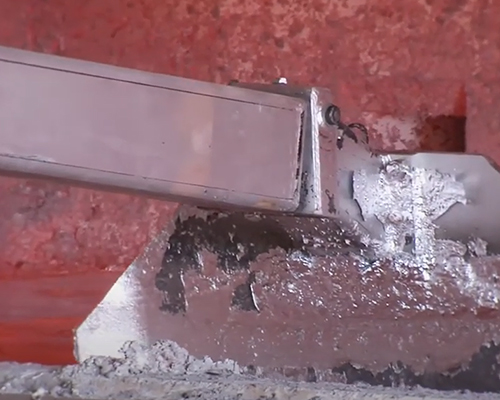Aluminum scrap recycling such as beverage cans, as long as the color on the outer surface is removed, is sent into the furnace and melted into an alloy. Then adjust a certain composition and cast it into a secondary aluminum alloy ingot, which can be re-applied to make new aluminum cans.
Aluminum is widely used to make beverage cans, because it has good plasticity and low density. Therefore, aluminum can be used to make beverage cans, which can reduce energy consumption during transportation, and its value of being recyclable has great economic benefits.
The recycling method of scrap aluminum varies with its varieties, and generally includes 4 steps of pretreatment, smelting, refining, and alloy blending.
The pre-treatment stage of aluminum-containing waste materials before smelting includes classification, disassembly, cutting, magnetic separation, packing, and drying. The pretreatment purpose is to remove explosives, iron parts and moisture, and to make them have a suitable lumpiness.
The aluminum scrap treatment generally adopts the pyrometallurgical process, and the pretreated aluminum scrap is smelted in the furnace to produce secondary aluminum and aluminum alloy.
Recycled aluminum alloy contains more metal and non-metal impurities, and it must be further refined.
Removal of non-metallic impurities
When the regenerated aluminum alloy melt is cooled, the solubility of the gas is reduced, and the hydrogen gas originally dissolved in the melt is precipitated in an independent phase, which generates pores in the casting, which will reduce the mechanical properties of the casting. In addition, the solid non-metallic impurity alumina is distributed on the grain boundaries, which will also reduce the mechanical properties of the alloy. In order to improve the performance of the regenerated alloy, it is necessary to remove the impurities in the alloy. Molten aluminum refining methods include filtration, ventilation refining, salt refining, and vacuum refining.
Removal of metal impurities
Aluminum scraps often contain metal impurities that exceed the prescribed standards and must be removed. The removal methods include oxidation, chlorination, nitridation and so on.
Because some alloy components are lost during the smelting process, after the refining process, alloying elements must be added to the liquid aluminum alloy, so as to make the smelted aluminum alloy meet the product standard requirements.

